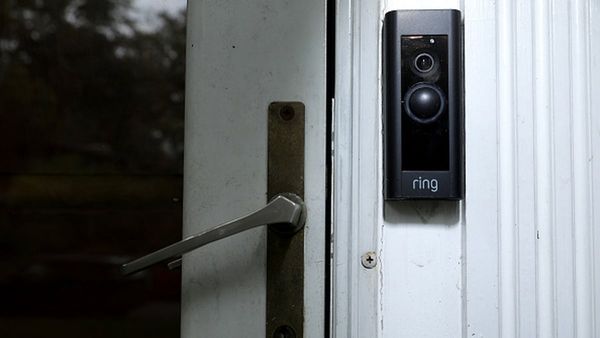
Australia’s economy has wrapped up its weakest financial year since the early 1990s, outside the pandemic, marking two years of weak growth in the wake of the post-Covid lockdown boom.
But it’s not all bad news.
The latest quarterly national accounts show the economy regained some momentum in the three months to June, underpinned almost entirely by a welcome recovery in household spending.
Real GDP lifted by 0.6% in the quarter – and compared to the same period last year was 1.8% larger.
Australia’s economic performance in recent years has been flattered by strong population growth.
The Australian Bureau of Statistics figures, however, showed real GDP in per capita terms climbed in the quarter, if only by a modest 0.2%.
Still, that was the second increase in per capita growth in the past three quarters, which in turn followed seven consecutive quarterly falls.
Sign up: AU Breaking News email
Jim Chalmers acknowledged “some persistent structural issues”, most notably weak productivity growth, but said “our economy is in an enviable position”.
“If you look at last financial year, we achieved what no major advanced economy could: we had continuous economic growth, an unemployment (rate) in at least the low fours, and we had inflation below 2.5% on the most reliable measure,” the treasurer told reporters on Wednesday.
“That combination does not exist in the major advanced economies, but it exists in our own economy.”
Aussies hit the shops and cafes
A key takeaway from the national accounts was that Australians proved more willing to open their wallets.
Household consumption was the major bright spot, contributing 0.4 percentage points to the 0.6% overall economic growth in the June quarter.
That was a welcome boost after a subdued and weather-affected start to the year.
Reserve Bank rate cuts in February and May (followed by another in September) are certainly helping, as is the fall in the inflation rate to just 2.1% by the middle of the year.
KPMG’s chief economist, Dr Brendan Rynne, said “households are starting (to) feel better about life in general”.
“We are close to full levels of employment and the combination of stage-three tax cuts coupled with several rate cuts is helping Australian households to feel better about spending money,” said Rynne, who added he expected two more rate cuts by early 2026.
Australians took more time off in the Easter and Anzac holidays – which were unusually close together – and spent big on travel, eating out and attending events, the ABS said.
Shoppers also took full advantage of end-of-financial-year sales, and continued to buy cars.
Household expenditure climbed by 0.9% in the quarter and 2% in the year – the fastest pace since the end of 2022.
A less welcome impetus for higher household consumption was the expiry of government energy subsidies.
Meanwhile, spending on cigarettes and tobacco plunged by 8.2% in the quarter, in a further sign that smokers have been turning en masse to cheaper, tax-free black market cigarettes.
Productivity is still poor
While experts cheered signs the economy was transitioning away from government support, business investment remained a soft spot.
The volume of business investment (that is, after adjusting for inflation) fell by 0.1% in the June quarter and was just 0.1% higher than a year earlier.
Mining investment is the major drag – down 2.7% in the year, versus a 1% lift in non-mining investment.
CBA’s head of Australian economics, Belinda Allen, said “the outlook for business investment is key to increasing the capital stock and productivity”.
Chalmers has said that finding a way to spur more business investment was one of the priorities for future reform that emerged from the recent roundtable.
The size of the productivity challenge was again clear in the national accounts.
Despite a marginal lift in the June quarter, labour productivity has stagnated over the past two years following the bursting of the “Covid productivity bubble”, and is no higher than it was at the end of 2019.
• Patrick Commins is Guardian Australia’s economics editor







